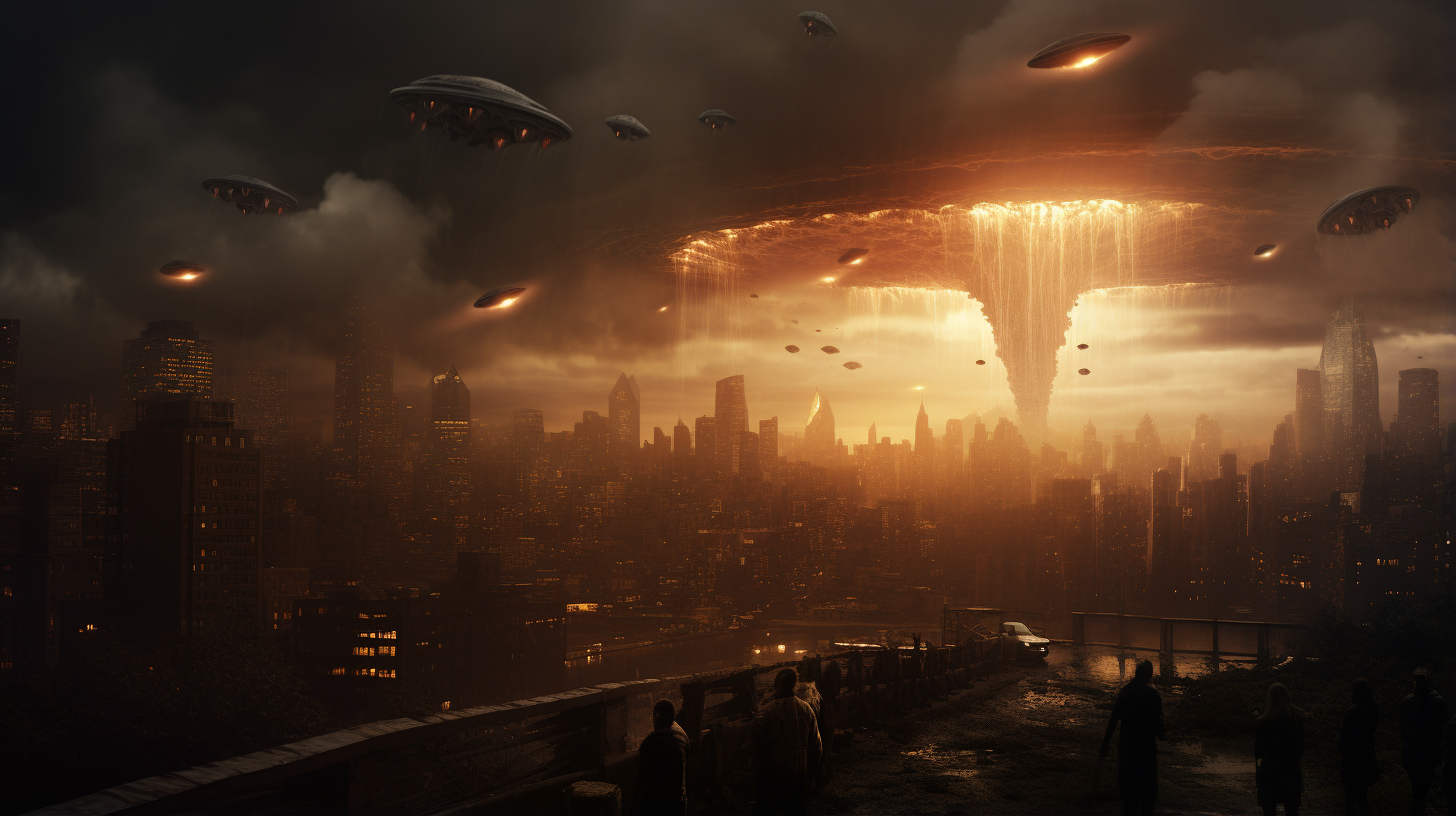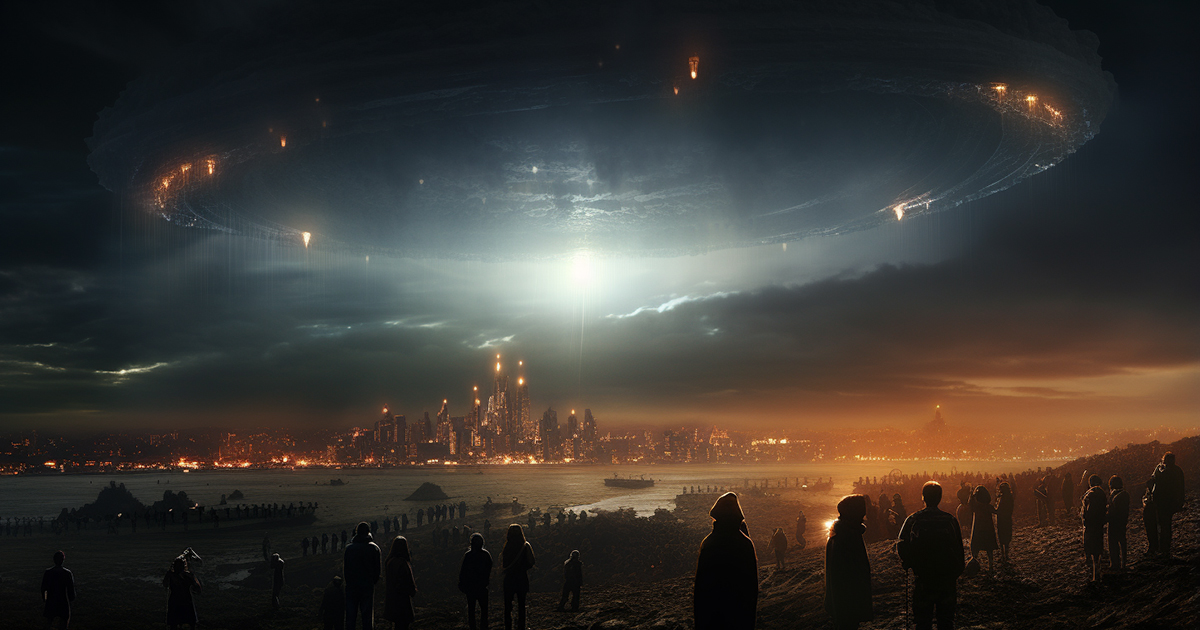Deep in the heart of Israel, in close proximity to the historic town of Nazareth, lies the captivating site of Megiddo. This ancient city, steeped in secrecy and intertwined with biblical narratives, holds a significant place in various scripts, most notably the prophetic Book of Revelation.
According to ancient manuscripts, Megiddo’s plains are envisioned as the battleground for an epic clash – a final confrontation between celestial powers and the epitome of darkness.
Prophecies foretell of a valley referred to as Magetta or Har Meggetto, often linked to Armageddon, the ultimate cosmic showdown. Here, heavenly beings will engage in a monumental struggle against malevolent forces, setting the stage for an apocalyptic encounter of immense proportions. Satan, portrayed as the embodiment of malevolence, is believed to orchestrate this climactic event.
Prophetic writings predict that he will unite earthly armies in a diabolical coalition to confront none other than Jesus Christ, adding a surprising mix of physical and geopolitical aspects to the tale.
Within the Book of Revelation unfolds a vivid description of this celestial conflict, drawing parallels that may resonate with contemporary audiences as resembling extraterrestrial phenomena.

Envision celestial entities traversing the cosmos, heralding trumpets, and raining fire upon Earth. It recounts an eternal battle between illumination and obscurity, virtue and malevolence – a cosmic dichotomy. At its core lies the assertion of divine authority over rebellious angels from past eras.
A thought-provoking query arises – do the celestial conflicts depicted in Revelation symbolize a cosmic struggle waged for the fate of humanity? Who or what is Satan, this puzzling entity?
Could he be merely a wicked demon, the personification of malevolence, or perhaps a once-pure extraterrestrial being? Speculations suggest that he might have acquired advanced technologies from alien civilizations, potentially shepherding early humans from ignorance towards enlightenment.
Nevertheless, the mystery deepens as we contemplate why, if this benevolent notion holds merit, Satan would shift from a beacon of enlightenment to a harbinger of malice.
Is it plausible that his aim is to reprimand humanity for siding with a celestial creator against him? Is he leveraging extraterrestrial advancements to subtly influence human conduct, guiding our race in manners surpassing our current comprehension?
The ancient hub of Megiddo and the prophetic verses of Revelation beckon us to immerse in these ruminations, providing a captivating glimpse into a narrative transcending earthly limits. While we may never definitively decipher the mysteries cloaked within these ancient prophecies, they endure in fueling our creativity and prompting contemplation on our ties to forces exceeding our grasp.
